Subscription growth hack (by PayKickstart)
Facebook Group - 3,932 members
Visit Group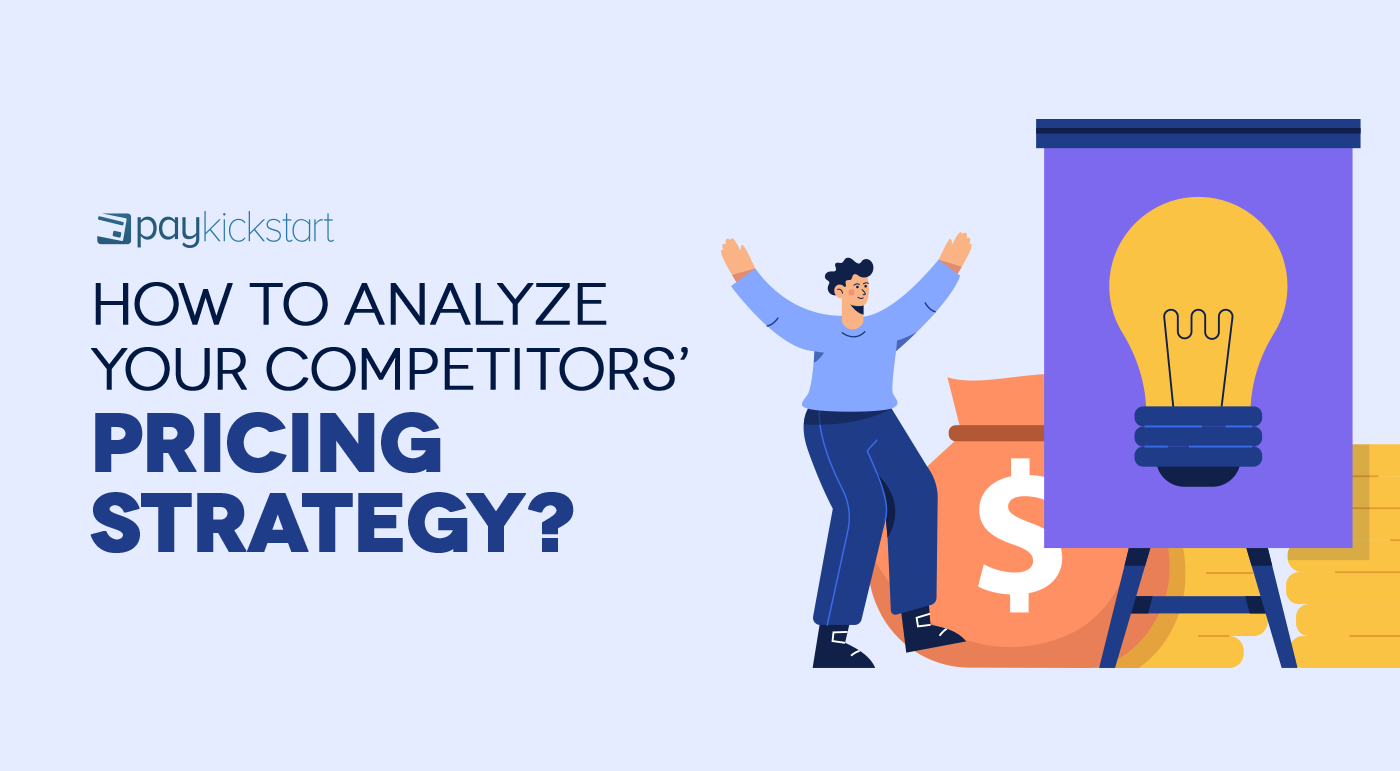
Whether you like it or not, your competitors’ pricing impacts your customers’ expectations and perception of your product.
Pricing your platform based on your competitors’ prices may not be your ultimate pricing strategy, but it’s a good starting point.
But how do you analyze your competitors’ pricing? Here are the steps:
Who are you competing with?
The answer is not as obvious as you may think.
Your competitors are:
Believe it or not, there are very few (if any) exactly the same SaaS platforms out there. All products have (slightly) different features and user experience. The product positioning is also different as well.
So you are likely to have few or no direct competitors.
It is all about perception: Who your customers compare you to?
Google (and Google-based tools) gives you that data: Using Google’s tools you can see what people are searching, and hence what their perception of your brand is. Who is your platform associated with? Who are you being compared to?
There are a number of platforms that use organic search to find your competitors. Ahrefs does that by defining common search queries your site shares with other websites. The larger the overlap, the closer your competitor is to what you are offering:
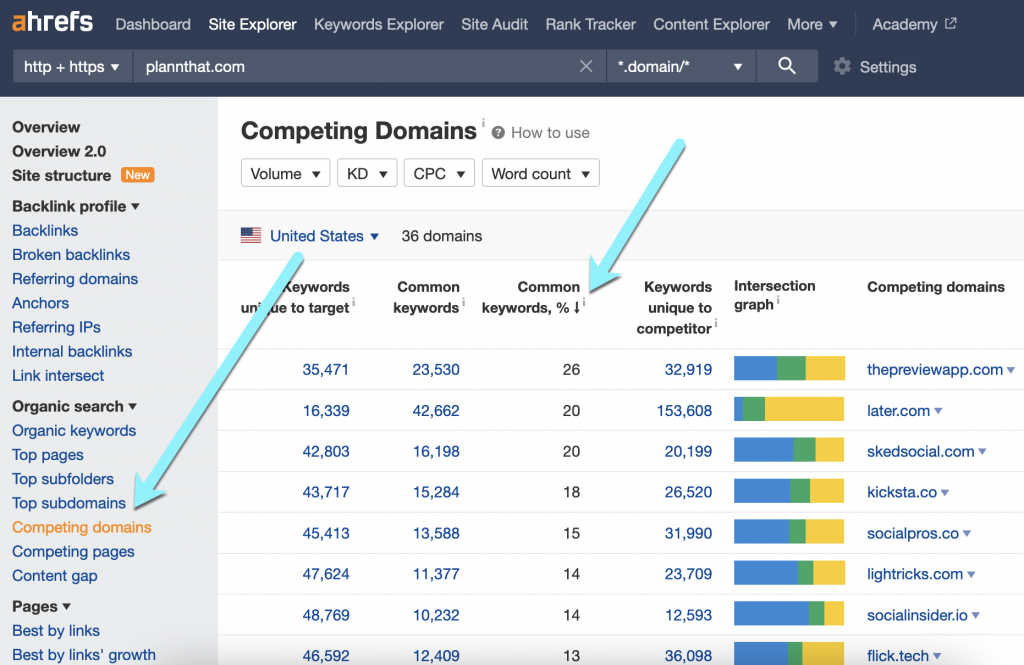
These are the sites that share your primary search queries
This is the quickest way to identify who you are competing with. If you are still planning to launch your site and there’s no organic data to analyze, grab your closest competitor and run the toll for their domain.
If you want to know who your target customers consider valid competitors of your platform (or your competitors’), use Google Autocomplete: Type your name and then “vs” and Google will suggest you options based on popular searches:

This is who you are compared to: Are you winning? This is based on your target customers’ searches, i.e. their perception of the brand.
Now, go to each site and review their pricing page.
Now make a list of relevant pricing pages and explore them thoroughly. Make notes of:

Nextiva offers a clear price comparison chart on their business phone service page:
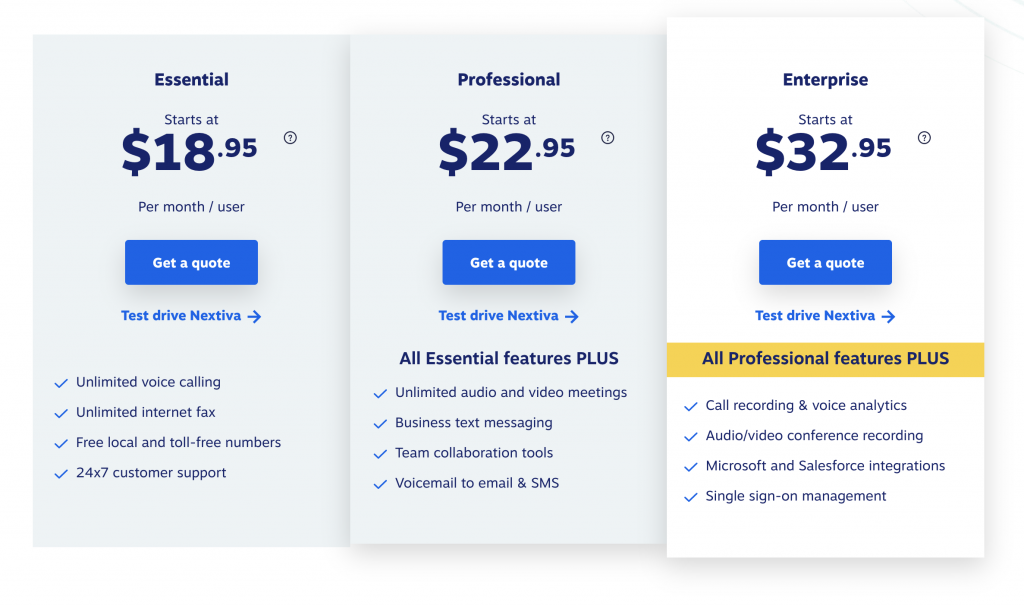
Create a spreadsheet to organize all these notes by columns. You want to organize the data and get a bird’s-eye view of your niche expectations.
Going far beyond the expected price range is not impossible but it will require very careful product positioning that would clearly define out-of-the-box pricing as the competitive advantage. It is not easy to do as client expectations can be very stubborn especially at this age of information overload when it is so easy to compare two or more software solutions instantly.
Aligning your pricing to market expectations will help you avoid losing customers, so consider your options here.
How was your competitors’ pricing strategy changing over time?
Knowing the answer to this question is crucial as it can let you avoid lots of mistakes.
Let’s say you are tempted to launch with a single low-price tier and see your competitors already did that and for some reason they have changed their pricing strategy. Had it been a mistake or a growth hack?
With some detective work, you may be able to find an answer to that question.
Wayback Machine is the free web archive that saves a copy of any website for as long as it exists (unless that website uses “noarchive” meta tag which very few people do).
Simply copy-paste your competitors’ pricing page URL in the tool and go back in time:
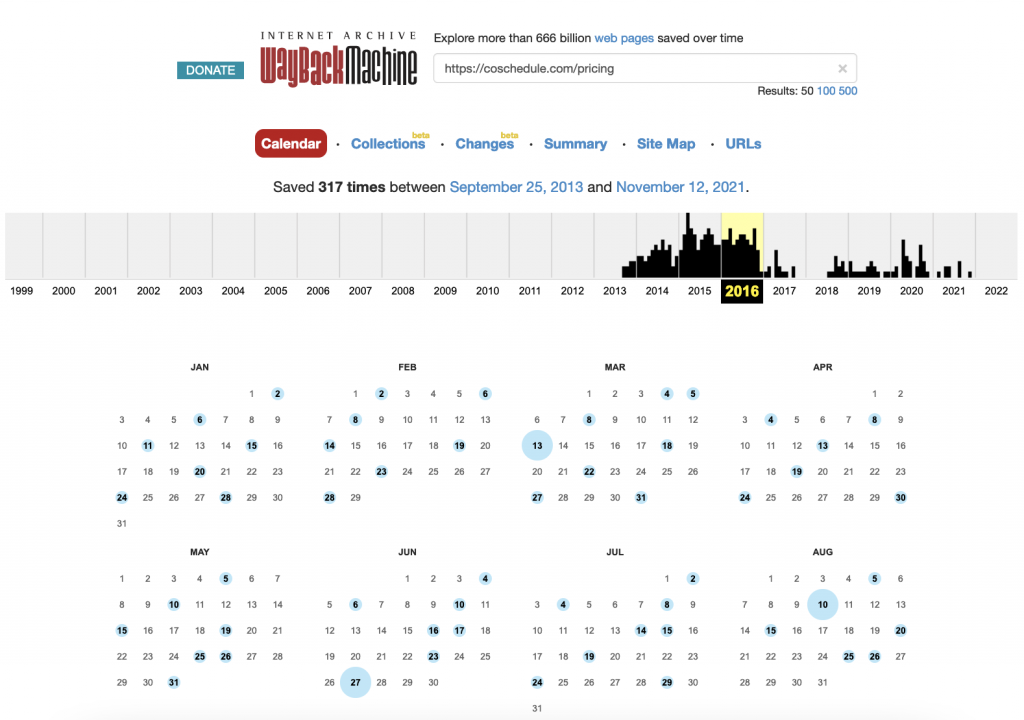
This exercise will not only reveal your competitor’s past pricing strategy, but it will also allow you to see how the page design and usability was changing, which is also very useful to know.
For example, this is Coschedule pricing page now:
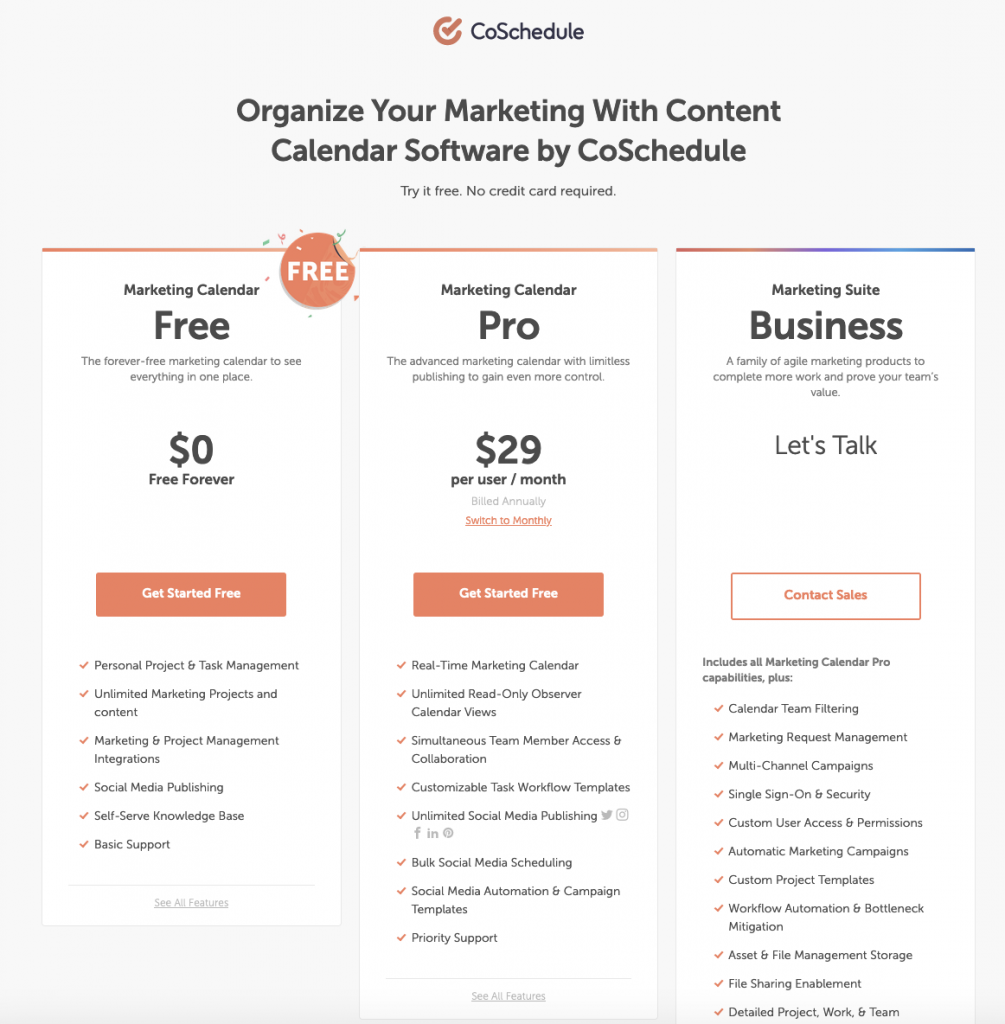
And this is what it used to be (which we are able to access thanks to Web Archive):
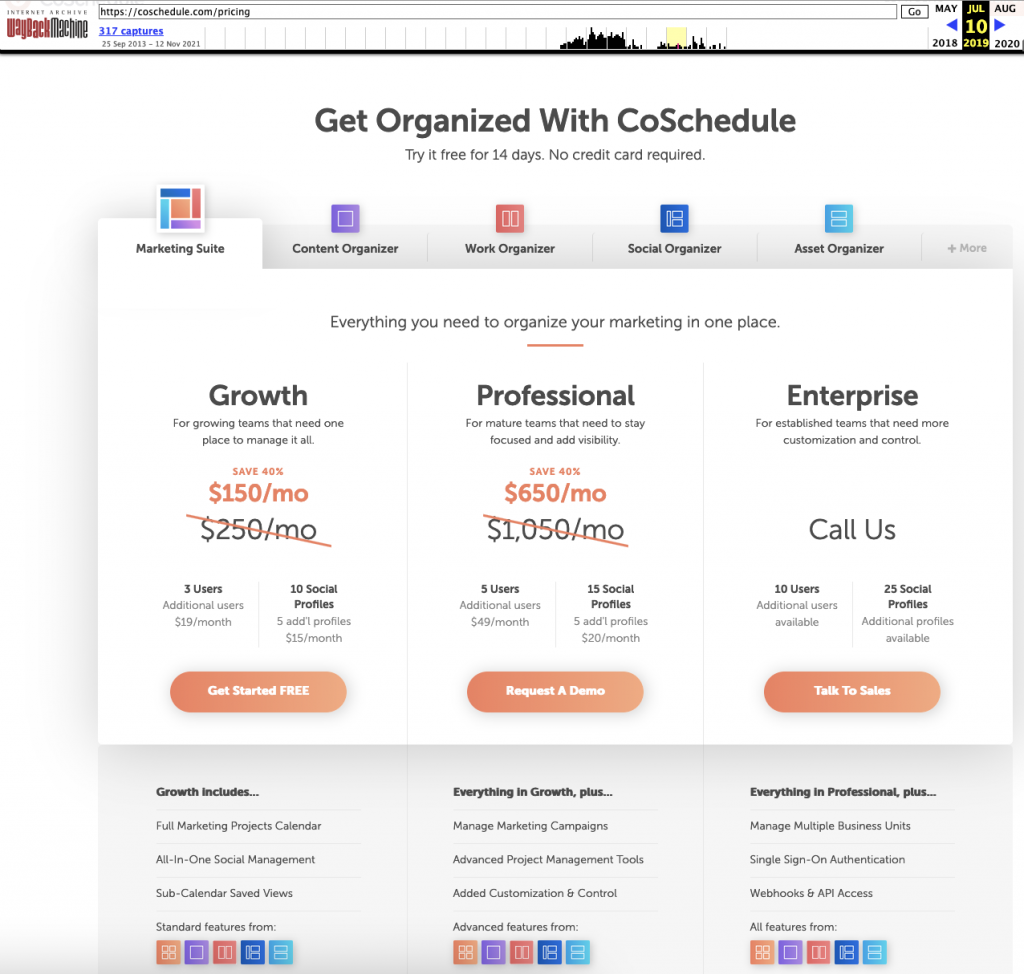
Quite a change, right?
What may have caused it? And how did they explain it?
Once you notice a price change, explore close versions of the page to find exactly when the price was changed. Knowing the date range of the price change will allow you to try and find how that was announced and maybe even what caused the change in pricing…
When using Wayback Machine, we were able to find that the pricing was changed between July 2019 and January 2020, so we can now use Google to try and find out what happened in that date range.
Type your competitor’s brand name in Google, then click Tools -> Any time and select the “Custom” date range you identified:
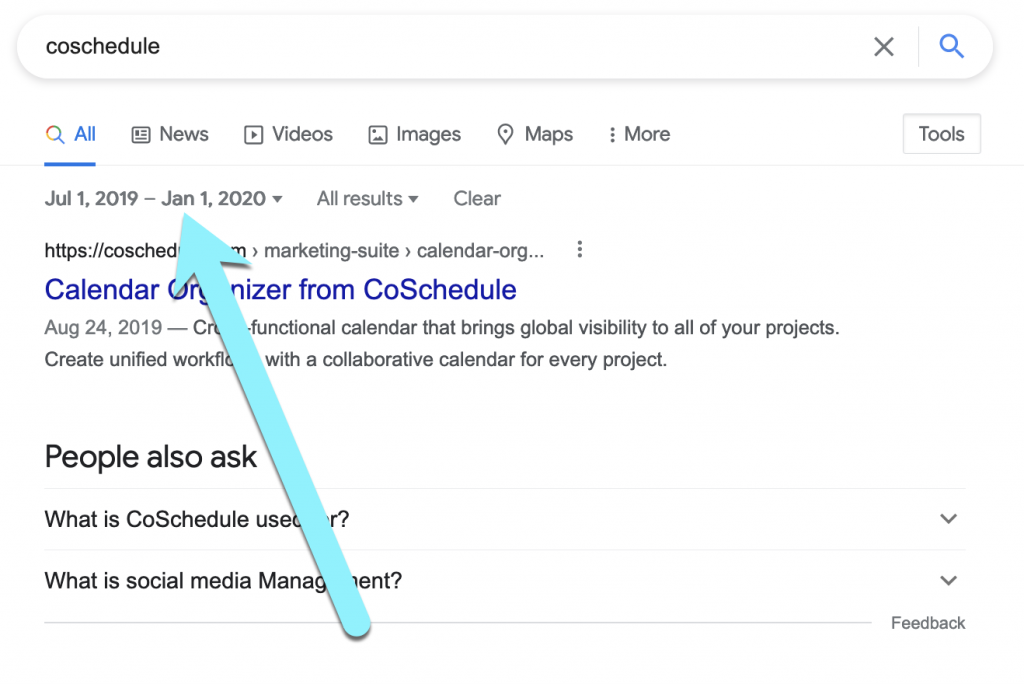
This will not yield an answer each time but it is a good learning curve allowing you to understand your competitor’s pricing strategy and its evolution.
Pricing your product correctly is crucial for your growth and bottom line. Take this step very seriously.
If you know where to look and how to analyze, your competitors can give you a ton of data to make well-informed pricing decisions.
There are quite a few Shopify apps and widgets to help you optimize your pricing page.
Ann Smarty is the Brand Manager at Internet Marketing Ninjas, as well as co-founder of Viral Content Bee. Ann has been into Internet Marketing for over a decade, she is the former Editor-in-Chief of Search Engine Journal and contributor to prominent search and social blogs including Small Biz Trends and Mashable. Ann is also the frequent speaker at Pubcon and the host of a weekly Twitter chat #vcbuzz
Read More About Ann Smarty